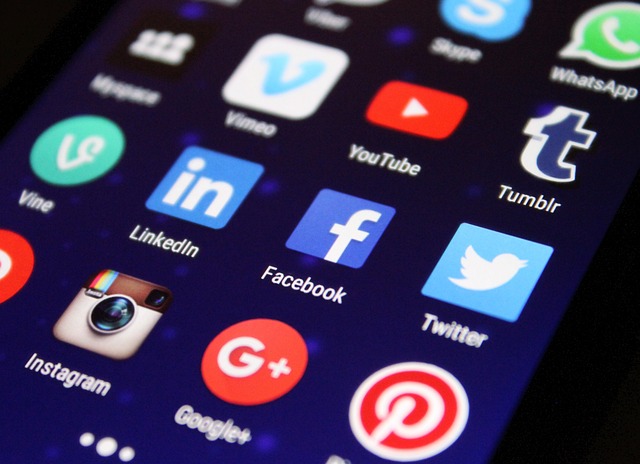Unpacking the Hidden Struggles Behind Digital Inaccessibility
In today’s fast-paced world, technology is often hailed as the great equalizer — a tool that connects, empowers, and enlightens. Yet, for many, digital inaccessibility creates barriers that extend far beyond convenience, deeply influencing their mental health and, in some cases, exacerbating addictive behaviors.
The Silent Barrier in a Connected World
Imagine craving connection, knowledge, or a new experience, but being met with locked screens, outdated software, or websites that refuse to accommodate your needs. This is the reality for millions facing digital inaccessibility. It’s not merely a matter of frustration; it’s a profound feeling of exclusion that can lead to isolation.
When individuals feel cut off from the digital world, the void can prompt a search for alternative coping mechanisms. For some, this may mean turning to addictive behaviors—be it substance use, gambling, or digital addictions like gaming or social media—to fill the emptiness left by their lack of access and inclusion.
The Emotional Toll: Loneliness and Vulnerability
Loneliness is a powerful catalyst for addiction. Digital inaccessibility often compounds feelings of alienation, especially when social connections, educational resources, or support communities exist predominantly online. The inability to engage fully in these spheres leaves vulnerable individuals susceptible to the dark pull of addiction.
Moreover, the stigma attached to digital exclusion can further silence those struggling, preventing them from seeking help. This silence fosters a cycle where addiction becomes both a symptom and a mask for the deeper challenges posed by inaccessibility.
Breaking Barriers: What Can Be Done?
Addressing the dark side of digital inaccessibility requires a multi-faceted approach:
- Inclusive Design: Tech developers must prioritize accessibility, ensuring platforms and tools cater to diverse needs.
- Community Outreach: Building offline support networks can help bridge the gap for those digitally excluded.
- Policy and Advocacy: Governments and organizations should promote regulations that mandate accessible digital environments.
By recognizing the profound impact of digital inaccessibility on addiction, society can begin to dismantle the barriers that leave many feeling unseen and vulnerable.
Finding Hope Beyond the Screen
While digital inaccessibility presents significant challenges, it also offers an opportunity for empathy and action. Understanding the emotional landscape of those affected invites us to create a world where technology truly serves as a beacon of connection, not a gatekeeper.
If you or someone you know is struggling with addiction linked to feelings of exclusion or isolation, remember that help is available. Reaching out—whether online or offline—can be the first step toward reclaiming connection and healing.




